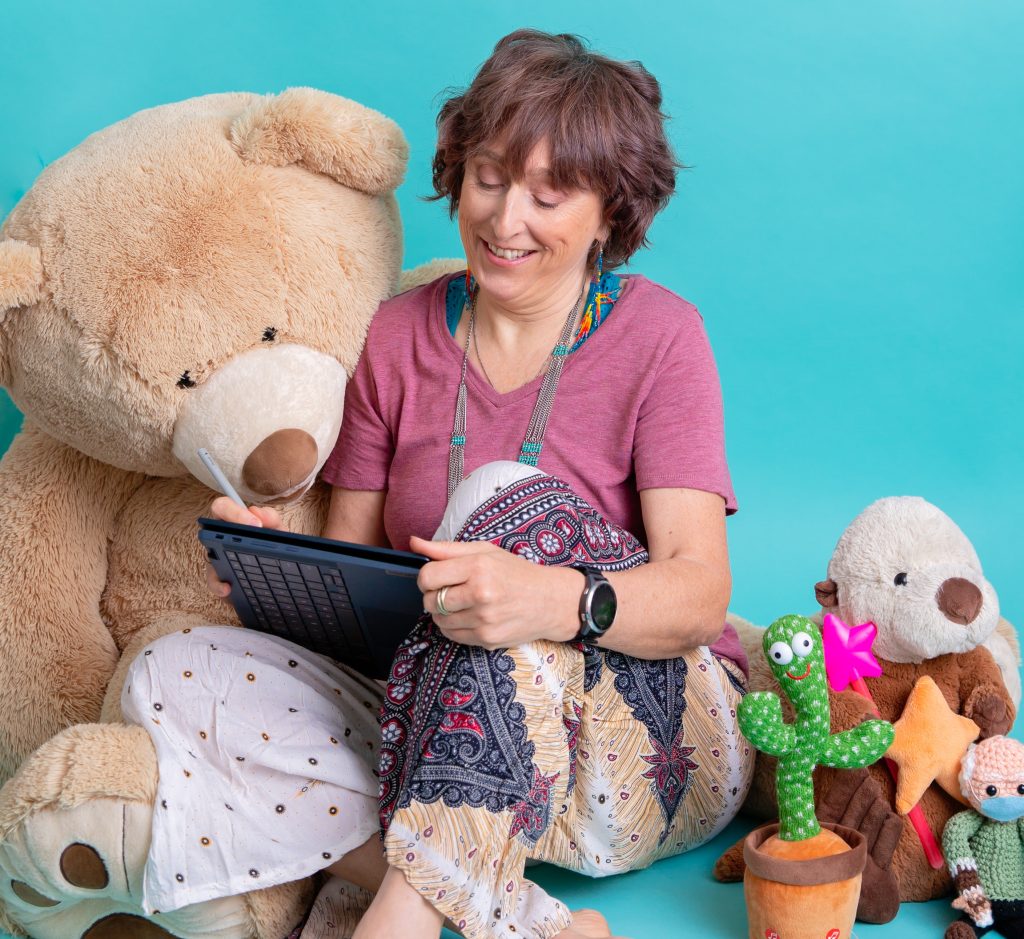Is a chair something you can sit on? Is it a four-legged object with a seat and a back? You can’t sit on Barbie’s chair and stools don’t have backs. Do you even know what a chair is? Of course, you do. You know what chairs are and how to use them, but you have trouble defining them because they come in such a variety of forms. Although you can’t describe chairs fully, you do know how to use them. Or do you? Haven’t you ever misjudged a chair and found yourself on the floor? Thought something was a chair, yet were told not to sit on it? If you can’t accurately describe a chair, and you make mistakes about using them, why do you continue to use the word, “chair?” For efficiency. If you need to sit, it is inefficient to say, “Do you have an object, possibly made of wood, maybe covered in part by fabric, upon which I can rest my entire weight, comfortably, in an upright position?” You don’t have time for that. You must say, simply, “Do you have a chair?” We need to use single words to identify things and all single words are inaccurate, but we agree to use the inaccurate words to save time. If “chair” works to get you what you want, it’s all that was needed. If you ask for a chair and you get a stool, you might clarify that you want a chair with a back. If offered a recliner, you may specify that you need a portable chair. We add more words when it is necessary. The idea you have of a chair, is a stereotype. Your stereotype of chairs consists of things you have seen, heard, and experienced about chairs. It’s not good, it’s not bad, it just is your understanding of chairs. To the degree that your stereotype is accurate, you will be able to interact with chairs successfully. To the degree that your stereotype contains rare, unusual, or incomplete information, you will make mistakes about chairs, perhaps embarrassing and painful mistakes. In any event, you cannot simply throw out your stereotype of a chair simply because sometimes it’s wrong. You still need to use it for efficiency. If you had to describe your every interaction with a chair in detail, you’d be talking about chairs all day! So, we use stereotypes – all day every day – because we need to. They are not inherently bad. They are simply more useful the more correct information they contain and more useful the more flexible they remain. When we encounter a hammock chair at the fair, our stereotype becomes more useful when we incorporate this new understanding of a chair. Therefore, it is not necessary to do away with stereotypes. Rather, it is important to constantly work to keep your stereotypes as accurate as possible and understand that regardless, they’re never perfect.
-
“Down to Earth”
-
is my core philosophy. I apply that approach to all aspects of my practice.
-

Navigation
- Welcome to Down to Earth Enterprises
- Begin Your Intake Now
- Blog
- Location & Contact
- About Me
- Services
- FAQ
- Archives
- Podcast
- E-Newsletter Archive
- Free DVD
- Professional Resources
- 2012 Art of Recovery Expo
- Subscribe to Our Newsletter
- Refrigerator Magnet Offer
- Free Public Speaking
- Publications
- Advice Corner
- Pleasure Hunt
- Good Parents Read Parenting Articles
- Your Kids Want to Talk to You
- When is it Okay for Kids to Quit Their Activities?
- Lying/Stealing
- They Don't Have to Like it, They Just Have to Do it
- The Liberating Art of Making Mistakes
- Making Mistakes
- If Momma Ain't Happy, Ain't Nobody Happy
- Interfering with Other People's Kids
- Overprotecting Children Obstructs Learning
- Parenting Energy too Precious to Waste
- Parents - The Most Important Teachers
- Potty Training
- Privacy
- Parenting - A Gradual Transfer of Power
- United We Stand, Divided We Fall
- Parent-Teen Arguments
- Adolescence Mimics AD/HD
- Building Responsibility
- When We Use the Children as Pawns
- Having Fun Doing Chores
- When Your Child Doesn't Fit In
- Public Restrooms
- Stop Arguing With Your Parents
- Stop Arguing With Your Teens
- It Takes Two - and More to Raise Children
- Teens in Therapy
- The Thankless Job of Parenting
- When Time Out Doesn't Work
- Oppositional Defiant Disorder
- Positive Reinforcement
- Yes, If and Yes, When
- Shame & Guilt
- Teaching Children To Pay Debts
- Some Good Tips for People's Anger
- Asking for Help
- Asking For Help
- Holiday Stress
- Motivating Others
- Nip it in the Bud
- Nosy Interference May Save Lives
- Never Say Never
- Keeping the Plates Spinning
- Ten Tips for Starting the New Year
- Translating the "Foreign" Languages In Your Household
- Anatomy of an Argument
- Anger Management
- The Annoyance Bank
- You're Such a Big Boy!
- Why Do Bad Things Happen to Good People?
- Marriage is for Better or for Worse
- Choose to Have Happy Holidays!
- You Might Be Depressed If ...
- Embarrassment, a Double-Edged Sword
- Choosing a Therapist Based on Experience
- Resent is in the Eye of the Grudge-Holder
- Road Rage
- Stress Reduction
- Accentuate the Positive
- Use Your Strengths
- If You Hear it Thrice, Give it Heed
- Stereotypes are Not Evil
- Dr. Marlo Speaks
Links
Follow Us



